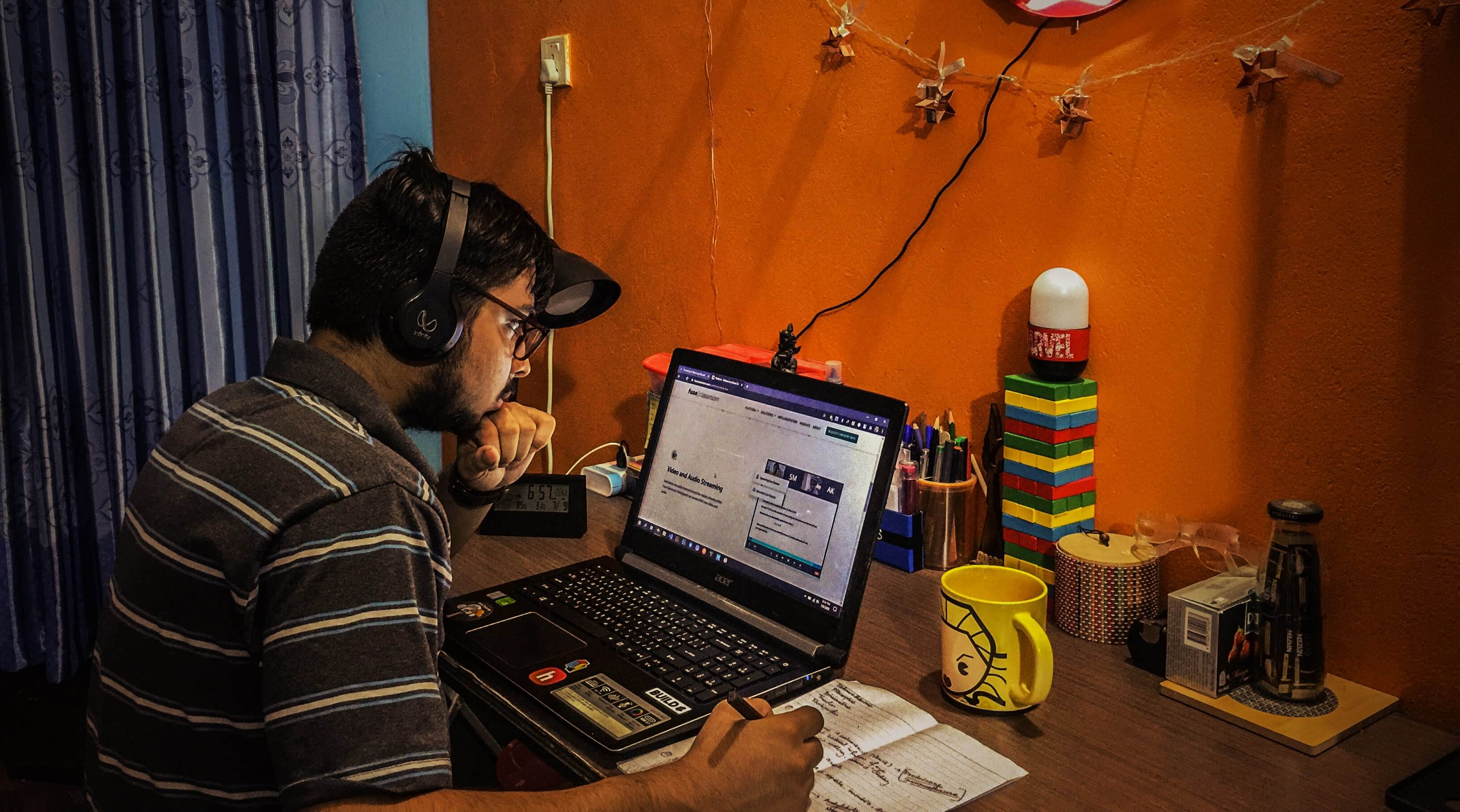As remote learning continues in Nepal, the importance of blended learning and a rethinking of education is urgent. The pandemic has given us a unique opportunity to transform and improve the way our students learn.
Blended learning is a combination of traditional classroom learning and online learning. Students get the best of both worlds: they can interact digitally through live webinars and online discussions which are supplemented by in person sessions.
The blended learning approach makes learning more accessible, affordable, and flexible. Below we elaborate why Nepal needs to adopt a blended learning model now more than ever.
Improves accessibility
While private education institutions in Nepal are rolling out online classes, they struggle to make them accessible via live online calls. The blended learning model is the best alternative to improve accessibility. More than 80% of Nepal is rural and students rely on mobile internet to access education. With a blended learning model, schools can provide recorded classes, videos, and other downloadable resources to students all over the country which they can access anywhere anytime. With the launch of Ncell and NTC affordable data plans, it will be easier for students to access resources without the burden of staying online 24/7.
Partnership opportunities
In the long run, the blended learning approach will influence education institutions to come together and craft a sustainable online education model. In doing so, we can design our own affordable, reliable, and technologically driven learning management system ultimately reducing dependency on softwares such as Zoom, Moodle, Microsoft Team, and Google Classrooms. Technology based education coupled with blended learning can reach an even larger group of learners across the country.
Personalized learning
Blended learning allows teachers to address the distinct learning needs of individual students and make necessary adjustments to support them. Students can take advantage of specific resources given their individual learning needs, such as videos, audio, recorded classes, text, and quizzes. This wide variety of options will increase participation, engagement, and learning while catering to student needs.
Invest in the right platform
Nepal Open University and Kathmandu University are conducting online classes seamlessly because they were already adapting the blended classroom model. Padam Raj Pant, an IT/e-learning Section Officer at Nepal Open University states, “We have an e-library where students can access contents subscribed by the University and we follow blended, ie. synchronous and asynchronous modality of teaching. Our lecturers upload their record classes on our online platform which students can access later. There are several components involved in online education, not just live classes. So, educational institutes have to research what they need and how they can implement it.”
Though a number of private companies offer School Management Information Systems in Nepal, there are few reliable and comprehensive products dedicated for higher education. Shifting towards blended models will encourage schools to advance their learning management system and invest in the right platform that can not only conduct live online classes but also run all operations outside the classroom.
Nepal is on the verge of a digital education revolution and blended learning is the ultimate conclusion of this paradigm shift. Schools need to pursue a hybrid approach that integrates both online and onsite learning and provide a customized learning experience for students that is both flexible and affordable.

